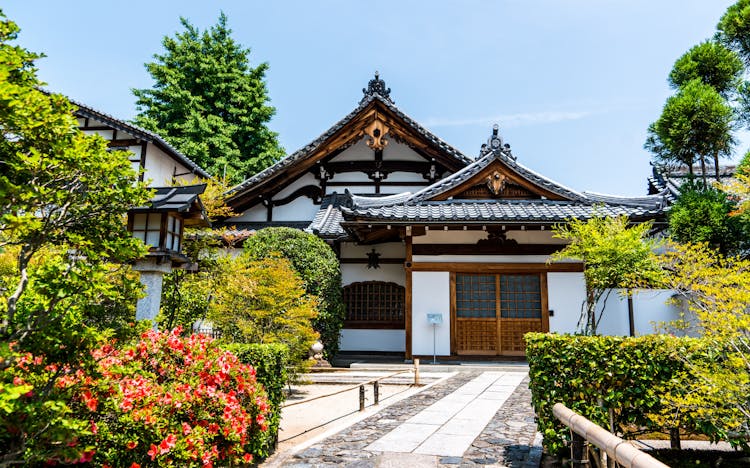All Categories
Featured
Table of Contents
Tracing their origins back to the influence of Chinese garden design and Buddhism, Japanese gardens are a unique embodiment of aesthetic discipline and philosophical depth. Originally designed to express the harmony within nature, these gardens have evolved into spaces where spiritual and natural beauty converge seamlessly. They are deeply rooted in the principles of Zen Buddhism, emphasizing elements that invoke meditation and introspection.
By integrating key elements such as rocks, water features, meticulous vegetation, and human-made structures, these gardens are crafted to highlight the balance between human existence and the natural world. From the grand historical landscapes associated with feudal lords to the peaceful simplicity of a monk's retreat, every garden is a narrative in itself, reflecting the philosophical perceptions of its creators.
Among the iconic signatures of these gardens are the koi ponds, symbolizing prosperity and perseverance, and the neatly arranged karesansui or Zen rock gardens which use carefully placed stones and raked gravel to depict abstract landscapes. These elements encourage visitors to pause and reflect, fostering a sense of peace and inner silence.
The Timeless Appeal of Japanese Garden Design
The historical continuity of Japanese gardens is visible through their close association with spiritual practices and the aristocratic culture of Japan. The Sakuteiki, a classic text on garden making, outlines the precepts that governed garden design several centuries ago and still influence modern garden landscapes. This timeless appeal is further evidenced in the ancient city of Kyoto, where centuries-old gardens lay beside temples, maintaining their allure and spiritual purpose.
The influence of these gardens goes beyond aesthetics; they are a part of cultural heritage, serving as living museums that teach and preserve the history and values of Japan. These gardens also highlight the impermanence and constant change inherent in nature, made manifest through the seasonal changes visibly celebrated within the garden confines.
Understanding Different Japanese Garden Designs and Their Context
The variety in Japanese garden styles is considerable, each tailored to suit different cultural contexts and scenarios. Tsukiyama gardens, for example, mimic natural landscapes through strategically placed ponds and hills, capturing the grandeur of the natural world in a limited space. On the other hand, Chaniwa gardens are designed specifically for the ritualistic Tea ceremony, focusing on purity and tranquility, featuring elements like stepping stones and minimalist tea houses.
Japanese gardens are not solely about visual beauty; they are also interlaced with practical elements meticulously designed to support contemplation. Stone paths in these gardens often guide visitors through a physical and metaphorical journey, where each turn unveils a new scene meticulously designed to reflect philosophical teachings or natural beauty.
Japanese Gardens and Their Adoption Worldwide
While traditional in essence, Japanese gardens have transcended geographical boundaries, influencing garden designs around the world. Places like the Portland Japanese Garden in Oregon exemplify how these serene landscapes have been adapted to suit local environments while maintaining their core principles.
The impact of these gardens on global landscape architecture is profound, offering a peaceful retreat in urban settings and inspiring a universal appreciation for the meticulous art of Japanese gardening. This international recognition underscores their significance not just as part of Japanese cultural identity but also as a shared cultural treasure that encourages global dialogue on aesthetics and philosophy in garden design.
What elements are essential in creating a traditional Japanese garden?
How do Japanese gardens reflect Japanese culture?

Relevant Posts
Latest Posts
The Role of Visuals in Enhancing Art Exhibition Press Releases
Experience the Efficiency of Katteb: AI-Driven, Fact-Checked Writing
Pioneering the Use of Plastic Waste